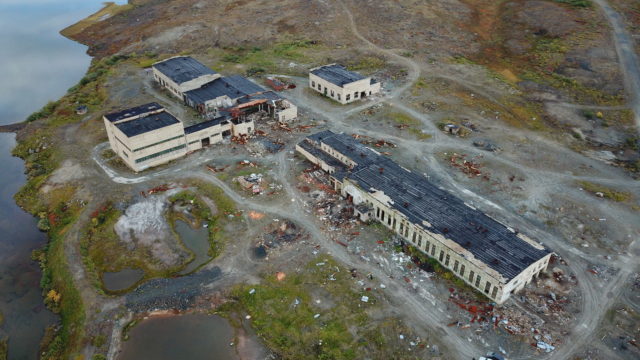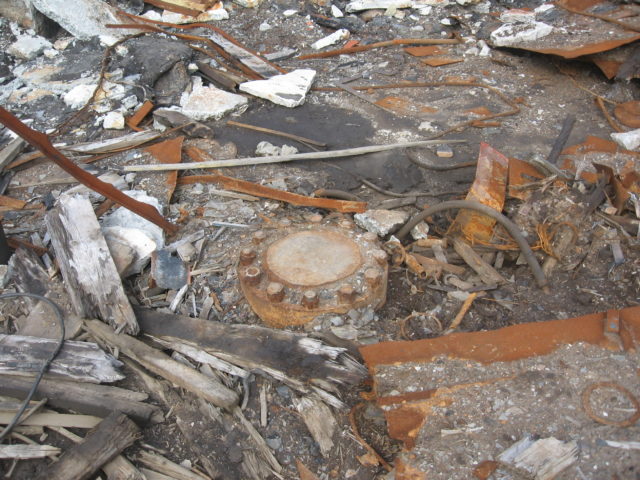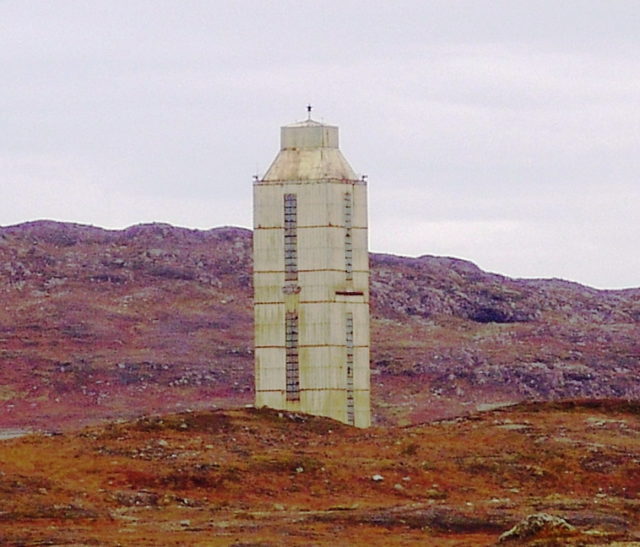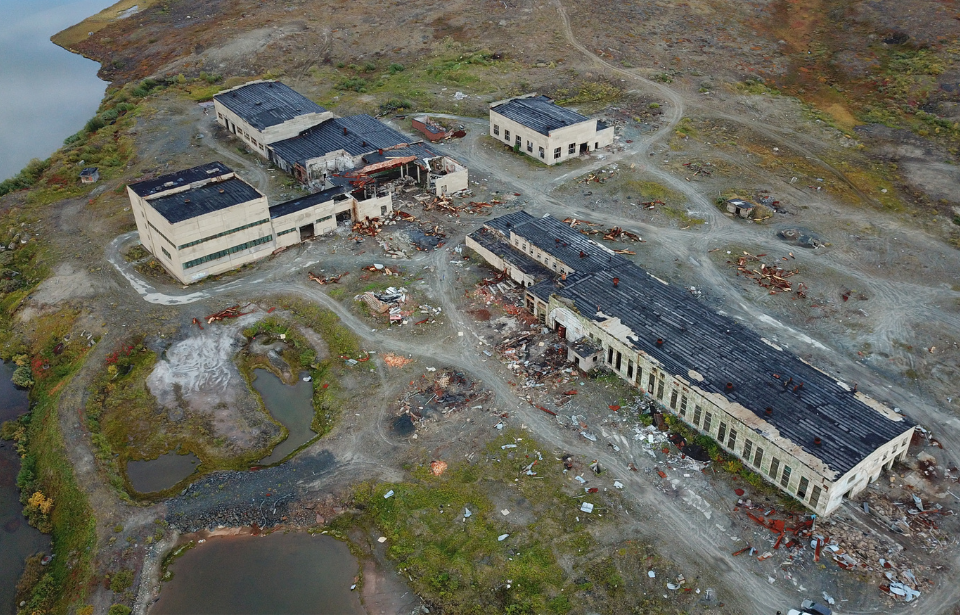In the midst of the Cold War between Russia and the United States, the two feuding countries fought for control over the space above the Earth. But another project is often overshadowed by the space race: the race to dig deeper than no human had gone before using massive boreholes.
Before it was sealed for good, the Kola Superdeep Borehole in northern Russia plunged an astonishing 40,230 feet into the Earth at the Kola Peninsula in the Arctic Circle.
The ‘Entrance to Hell’
The Kola Superdeep Borehole project, which came to be known as the ‘Entrance to Hell,’ began during the Cold War when the Soviet Union and the United States weren’t just fighting the “space race,” they were also battling it out to explore the “deep frontier” that lies beneath our feet. Just like satellites and nuclear weapons, these massive drilling projects were a way to showcase the technological prowess of a nation. Drilling a massive hole into the Earth’s crust is a feat of engineering to take humans where they had never gone before – deep into the ground.
The US was the first to kick off the drilling race. In the 1950s, a “club” known as the American Miscellaneous Society hatched a plan to drill down into the Earth’s mantle, a section that lies beneath the crust and acts like a viscous liquid, allowing the tectonic plates that make up the crust to move and shift over time.

By 1970, the Soviets followed the Americans and began drilling in the remote Arctic Circle. In 1989, the Kola Borehole broke the record for the deepest manmade hole on the planet. Even though it was only nine inches wide the hole reached as far as 7.6 miles into the Earth’s crust. But the Kola project still only scratched the surface of the 25-mile deep crust that lies on top of the mantle.
Collaborating with European and American researchers, drilling at the Kola Superdeep Borehole eventually stopped in 1992 when temperatures reached over 356 degrees Fahrenheit – twice as high as they had anticipated. Additionally, since the Soviet Union had collapsed the year prior, the extensive funding needed to continue to project was no longer available. Now, the Kola Borehole site is derelict. Many locals refused to go near the massive pit, claiming you can hear the screams of tortured souls in hell.
Discovery
Scientists at the Kola borehole described the project as an “expedition,” as they were exploring new frontiers where no humans had been before. The drilling revealed several new discoveries that amazed the researchers. Varying rock compositions found opposed what science originally believed about the makeup of the Earth’s crust.

Instead of finding a transition from granite to basalt, which scientists figured was the explanation for a sudden change in seismic waves, they found that there was no basalt in that region. It was actually a different kind of granite that disrupted the seismic waves.
Microscopic plankton fossils were discovered 3.7 miles below the Earth’s surface, which meant the fossils were over two billion years old. Scientists also discovered an abundance of “boiling” hydrogen gas in the mud, and they even unearthed flowing water underneath the Earth’s surface. But the most unexpected discovery was actually not a discovery at all! The more they dug, the less hope researchers had that they would find something extraordinary. All they found was granite, which was definitely a surprise but not the one they had hoped for.
Other expeditions to reach Earth’s mantle are underway
While the Kola site remains the deepest artificial hole on the planet, other similar projects are underway around the world. Project M2M -Mohole to Mantle is one of the most important missions of the International Ocean Discovery Program, a collaborative project between Japan, the US, and European countries. The proposed M2M project has begun to drill deep into the Earth’s crust while underwater, where the crust is significantly thinner.

If the project gets underway, it will take ten years to drill roughly four miles into the Earth to recover rocks from the mantle that lies beneath the crust – the first time in history that humans will have seen the mantle. Scientists have recognized three ideal locations for the M2M project: the Hawaii Islands, Costa Rica, and Baja California. Whichever site is proven to be the safest location will host the innovative expedition.
Why was the ‘Entrance to Hell’ sealed forever?
Once the Kola Superdeep Borehole project was terminated, the hole was sealed off and the site was abandoned. Even though it remains the deepest artificial point in the world, all that lies between the surface and a 40,000-foot drop is a small opening that was sealed shut long ago.
More from us: Seven Terrifying Holes and Pits That Deserve Their Famous Reputations
Since the mouth of the hole was only nine inches wide, why would scientists close it off for good? Sources say that it was because the temperature became too hot at its deepest point, shutting down the drilling equipment. However, could there be a more mysterious reason? Could it be that they weren’t worried about what could fall in but what could be let out from the depths below?
